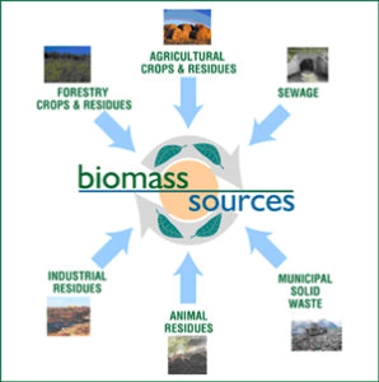Nonconventional Sources of Energy
Non-Conventional Sources of Energy
Natural resources such as solar, wind, tide, biomass, etc generate energy are is known as "Non-conventional resources". It happens to be pollution free and hence can be used to produce a clean form of energy without any sort of wastage.
Why do we need non-conventional energy resources?
When there is an increase in the consumption of energy, the population depends more and more on fossil fuels which are coal, oil and gas. So, it is quite important to be careful when it comes to using more and more renewable sources of energy.
Renewable resources provide energy in four important areas such as:
Water heating or cooling
Rural
Electricity generation
Transporting
Types of Non-convention sources
Solar Energy
Wind Energy
Tidal Energy
Geothermal Energy
Biomass
Solar Energy
Here it converts solar energy directly into the electrical energy in solar plants. It is to be noted that the Photosynthesis process is carried out in this process of conversion. It happens to be the most important non-conventional source of energy where it gives non-polluting environment-friendly output and is also available in abundant.
Uses of Solar Energy
A solar cooker helps in directing the solar heat into secondary reflector inside the kitchen. It focuses the heat to the bottom of the cooking vessel. Having a covering of a glass plate, it is widely used areas of the developing world where deforestation proves to be an issue.
Wind Energy
In order to generate electricity, wind energy is used. As there is an increase of wind power output happens to increases up to the maximum output of the particular turbine. Wind turbines use wind in order to make electricity. There is no pollution because of the absence of fossil fuels that are not required to burn to generate electricity, there is no pollution.
Biomass Energy
Biomass happens to be the organic matter that originates from animals, plants, wood, sewage. It produces heat energy, which in turn, generates electricity. It is used for cooking, lighting, cooking as well as in generating electricity.

Tidal Energy
Tidal power happens to be a form of hydropower that helps in converting the energy of tides into the form of electricity. In the areas where the sea experiences waves and tides, electricity can be generated with the use of tidal power.
Geothermal Energy
Geothermal energy is the heat energy which is present in the earth's crust in the rocks. Here, Geothermal wells release greenhouse gases which is trapped within the earth but it is to be noted that these emissions are much lower per energy unit than the fossil fuels. This energy generally involves low running costs because it helps in saving 80% on fossil fuels. Due to this, there is an increase in the use of geothermal energy. It helps in reducing global warming and does not create pollution.
Conclusion
As the fossil fuels are one of the most the biggest pollutants on the planet, demand for the non-conventional sources is developing. These sources not only instigate greenhouse effects but also leads to reducing the dependence on oil and gas. Therefore, in order to meet the energy demand of the increasing population, the scientists are developing methods for us to tap into various non-conventional sources of energy, which are not only renewable but also non-polluting.

Similar Questions
Knowledge Check
- Question 1 - Select One
Which one is a nonconventional source of energy
AHydroelectric energyBbiomass energyCsolar pondDfossil fuel energy. - Question 2 - Select One
Which of the following energies is not non-conventional source of energy?
ANatural GasBWind energyCSolar energyDNuclear energy - Question 3 - Select One
Identify the source of energy from the given features A and B :
A. It is a conventional source of energy.
B. This source of energy is released when crude oil is brought to surface.AWaxBBiogasCNatural gasDGeo-thermal energy
Good Sources OF Energy||Conventional Sources OF Energy
View SolutionWhy is tidal energy not likely to be potential source of energy ?
View SolutionWhy is tidal energy not likely to be potential source of energy ?
View SolutionAssertion: Nuclear sources will give a million times larger energy than conventional sources.
Reason: Nuclear energy sources are massive than conventional energy sources.View SolutionAssertion:Nuclear sources will give a million times larger energy than conventional sources.
Reason:Nuclear energy sources are massive than conventional energy sources.View Solution

